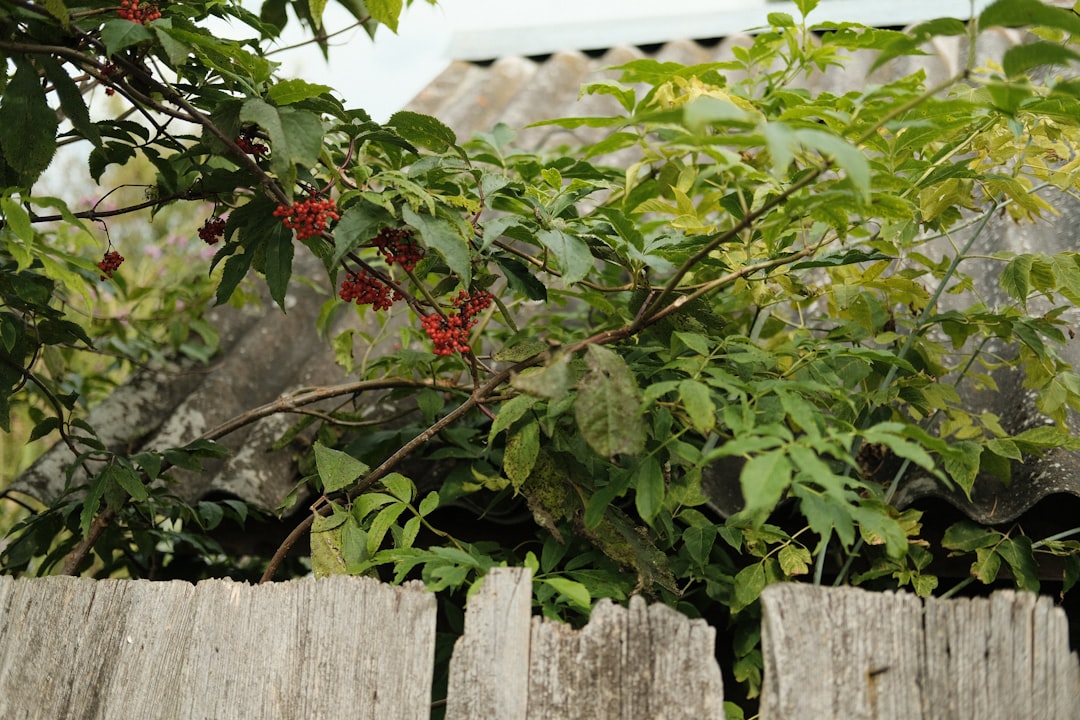The Growth Odyssey of Red Maples

Red maples, those magnificent arboreal wonders, are a captivating addition to any landscape. Their journey from sapling to a towering presence is a tale of patience, growth, and the marvels of nature. In this exploration, we will delve deep into the world of red maples, understanding their growth rate, the time it takes to reach their maximum height, and the unique characteristics that make them stand out in the realm of trees, shrubs, and vines.
Red maples, scientifically known as Acer rubrum, are native to eastern North America. They are renowned for their vibrant foliage, which transforms into a breathtaking display of red, orange, and yellow hues during the fall season. This spectacular color change is one of the primary reasons why red maples are so popular among gardeners and landscapers alike.
One of the most remarkable features of red maples is their relatively fast growth rate. Compared to many other tree species, red maples can put on a significant amount of growth in a relatively short period. In ideal conditions, a young red maple sapling can grow several feet per year. This rapid growth makes them an attractive choice for those looking to establish a shade tree or add a touch of color to their garden quickly.
However, despite their fast growth, red maples still need a few years to reach their maximum height. On average, it can take anywhere from 20 to 30 years for a red maple to reach its full potential. This timeline can vary depending on a variety of factors, including the quality of the soil, the amount of sunlight the tree receives, and the availability of water.
The soil plays a crucial role in the growth of red maples. These trees prefer well - drained, slightly acidic soil. If the soil is too compacted or has poor drainage, it can impede the tree's root development and slow down its growth. Additionally, red maples thrive in soil that is rich in organic matter. Adding compost or other organic amendments to the soil can help improve its fertility and provide the tree with the nutrients it needs to grow strong and healthy.
Sunlight is another essential factor for the growth of red maples. These trees are adaptable and can tolerate a range of light conditions, from full sun to partial shade. However, they generally grow best in areas that receive at least six hours of direct sunlight per day. In full sun, red maples tend to have a more compact and upright growth habit, while in partial shade, they may be more open and spreading.
Water is also vital for the growth of red maples. During the first few years after planting, it is important to keep the soil consistently moist but not waterlogged. Once the tree is established, it can tolerate some drought, but regular watering during dry periods will help ensure optimal growth. Mulching around the base of the tree can help retain moisture in the soil and reduce the need for frequent watering.
As red maples grow, they go through several distinct stages of development. In the early years, the tree focuses on establishing a strong root system. This is crucial for the tree's long - term health and stability. As the roots grow deeper and wider, they are better able to absorb water and nutrients from the soil. During this stage, the above - ground growth of the tree may be relatively slow, but it is laying the foundation for future growth.
As the red maple enters its juvenile stage, it begins to put on more significant above - ground growth. The trunk thickens, and the branches start to spread out. This is when the tree starts to take on its characteristic shape and form. The leaves become larger and more abundant, providing shade and adding to the tree's aesthetic appeal.
As the tree matures, it reaches its maximum height and width. At this stage, the red maple is a majestic sight to behold. Its branches spread out like the arms of a giant, providing a canopy of shade and shelter for wildlife. The fall foliage is at its most spectacular, with the leaves turning into a riot of colors that can be seen from afar.
In addition to their aesthetic value, red maples also provide important ecological benefits. They are a valuable source of food and shelter for a variety of wildlife, including birds, squirrels, and insects. The flowers of the red maple are a source of nectar for bees and other pollinators, and the seeds are eaten by many species of birds and small mammals. The dense foliage of the tree also provides nesting sites for birds and protection from the elements for other animals.
In conclusion, red maples are a wonderful addition to any landscape. Their fast growth rate, combined with their stunning fall foliage and ecological benefits, make them a popular choice among gardeners and nature lovers. While they do take a few years to reach their maximum height, the wait is well worth it. By providing the right growing conditions and a little bit of care, you can enjoy the beauty and benefits of a mature red maple for many years to come.